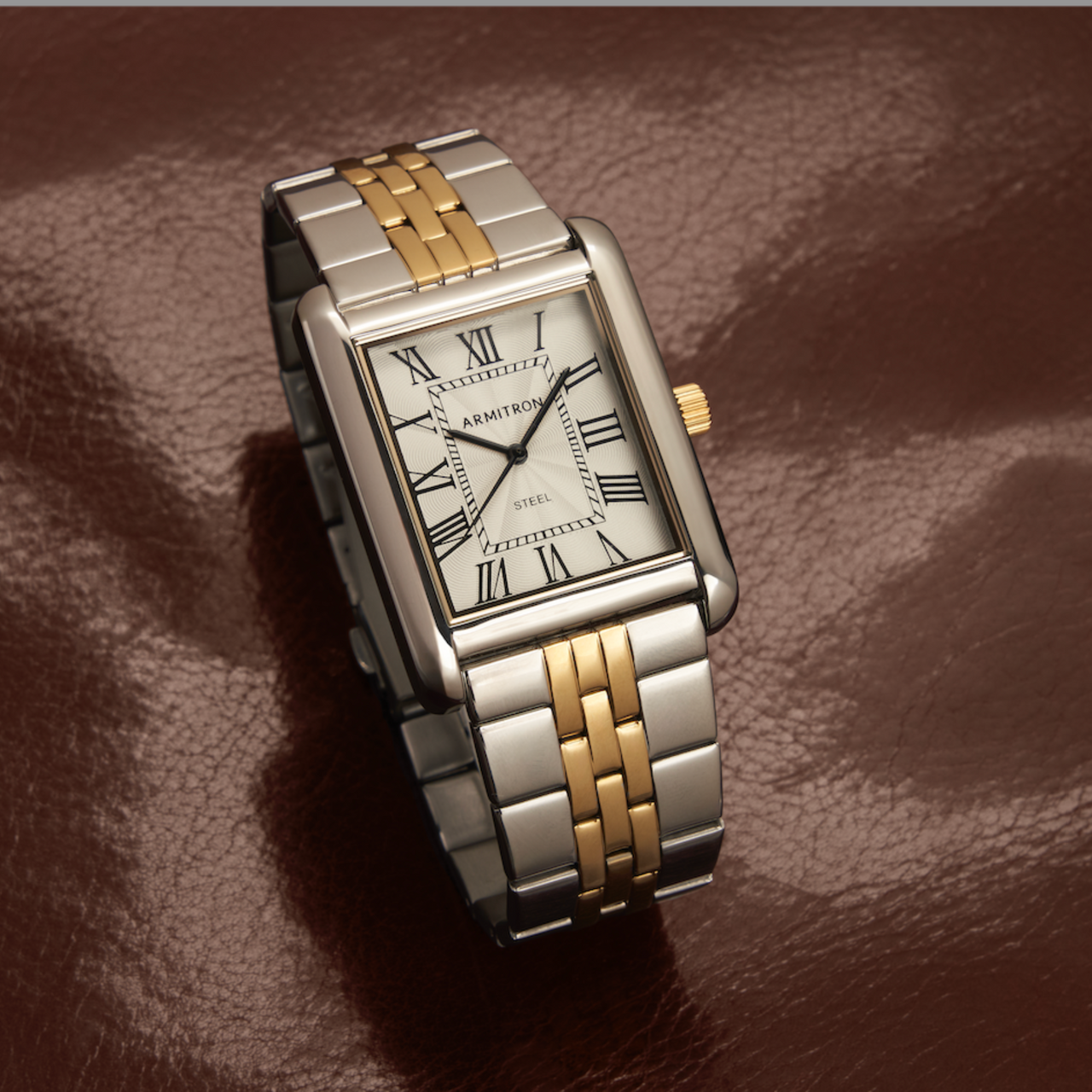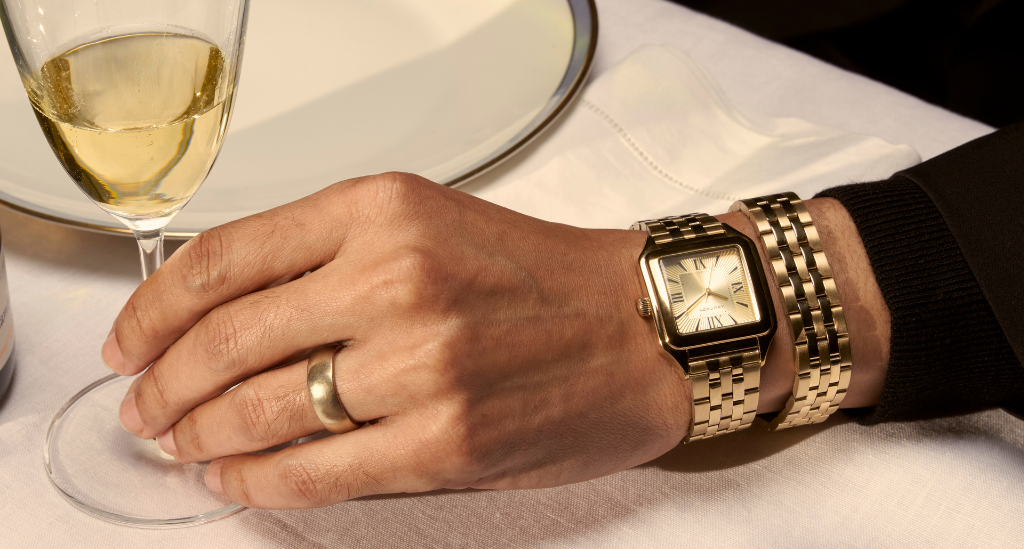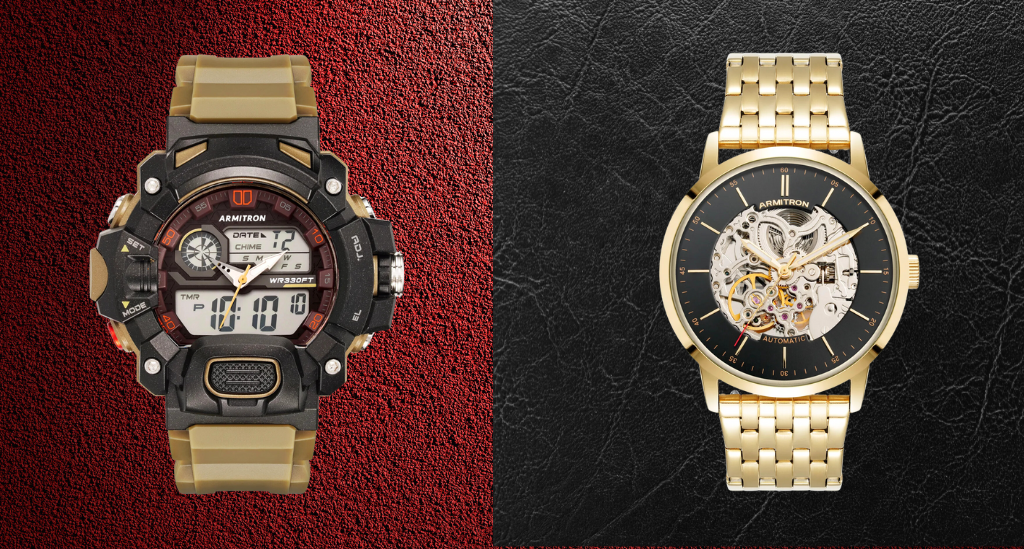What is an Analog Watch?
Have you ever been captivated by the classic design of an analog watch? Whether you're an avid watch enthusiast or just starting to explore the world of timepieces, analog watches hold a timeless charm that’s hard to resist. From their elegant designs to their intricate craftsmanship, analog watches have been a staple in the world of horology for centuries. Let's uncover what makes these watches so special and why they might be the perfect addition to your wrist.
Components of an Analog Watch
Analog watches are known for their straightforward yet sophisticated components. Understanding the parts of a watch can deepen your appreciation for a classic timepiece and help you understand how each part plays an important role in how a watch works.
Dial
The dial, or watch face, displays the time. It typically features hour and minute markers, which help you read the time. Dials can come in various styles and colors, adding to the watch's aesthetic appeal.
Watch Hands
Analog watches have hands that point to the time. There are usually three hands: the hour hand, the minute hand, and the second hand. Some analog watches, like chronograph watches, may have additional analog hands to indicate other functions, such as a stopwatch.
Movement
The watch movement, or the mechanism inside the watch, keeps the time. Different types of movements can be used in analog watches, including mechanical, quartz, and automatic movements. Mechanical movements are often found in luxury watches and require manual winding. Quartz movements, powered by a battery and an actual quartz crystal, are known for their accuracy. Automatic movements self-wind using the motion of the wearer's wrist. Understanding what an automatic watch is can help you appreciate the intricate engineering behind these timepieces.
How Analog Watches Work
Analog watches operate through a series of gears and springs. In a mechanical analog watch, the energy stored in the wound spring is released gradually, moving the gears that drive the watch hands.
Quartz watches, on the other hand, use a battery to send an electrical signal through a quartz crystal, causing it to vibrate and keep precise time. The beauty of an analog timepiece lies in this blend of artistry and engineering, where every tick is a testament to the craftsmanship involved.
History of Analog Watches
Analog watches have a rich history dating back to the 16th century. The earliest versions were pocket watches, which evolved into wristwatches in the early 20th century. Over the years, analog watches have seen many advancements, from the introduction of the first waterproof watches to the development of chronograph watches with additional functionalities.
Even with the rise of men's or women's digital watches, and smartwatches, analog watches have maintained their popularity due to their timeless elegance and reliability. For a deeper dive into the differences between analog and digital watches, it’s important to understand the unique features and pros and cons of analog vs digital watches.
Advantages and Disadvantages of Analog Watches
Advantages
- Timeless Elegance - Analog watches offer a classic and sophisticated look that never goes out of style.
- Craftsmanship - The complex and intricate mechanics of analog watches show high craftsmanship and attention to detail, making them stylish timepieces.
- Durability - Well-made analog watches can last for decades with proper care.
- Variety - Available in a wide range of designs, from dress watches to sports watches, there's an analog watch for every occasion.
- Collectibility - Vintage watches and luxury analog watches can be valuable collectibles.
Disadvantages
- Maintenance - Mechanical watches require regular winding and maintenance to keep accurate time.
- Accuracy - Mechanical analog watches can be less accurate than digital watches.
- Functionality - Analog watches typically have fewer features compared to digital or smart watches.
How to Choose an Analog Watch
Choosing the right analog watch depends on your personal style and needs. Consider the following factors:
- Purpose - Are you looking for a dress watch, a sports watch, or an everyday timepiece?
- Movement - Decide between mechanical, quartz, or automatic movements based on your preference for maintenance and accuracy.
- Design - Choose a watch with a dial, hands, and an overall design that reflects your style.
- Material - Consider the materials used in the watch case and strap, such as stainless steel, leather, or ceramic.
- Brand - Opt for a reputable watch brand known for quality and reliability, like Armitron.
Discover Armitron’s Range of Analog Watches
At Armitron, we take pride in offering a diverse collection of analog watches that cater to different tastes and occasions. Whether you're drawn to the classic look of a traditional watch or the sophisticated style of a modern timepiece, you'll find a watch that speaks to you in our collection. Explore our range of analog watches for men and women’s analog watches and discover the perfect accessory to celebrate every moment.
Sources
- Watch Museum. A Guide to History of Pocket Watches. https://watchmuseum.org/a-guide-to-history-of-pocket-watches/



